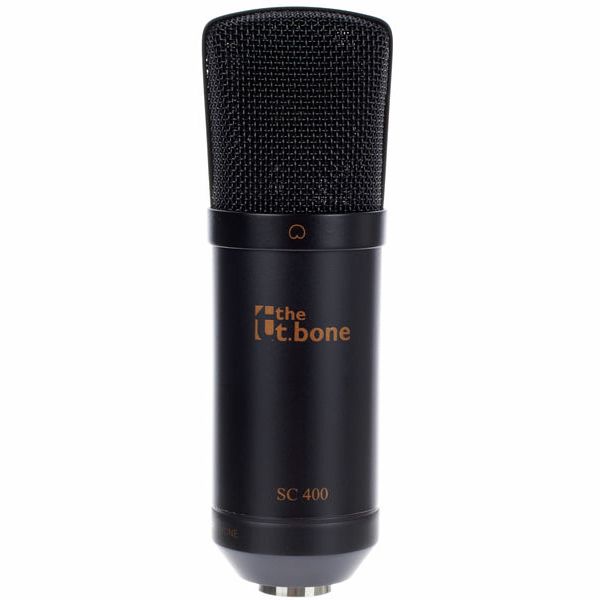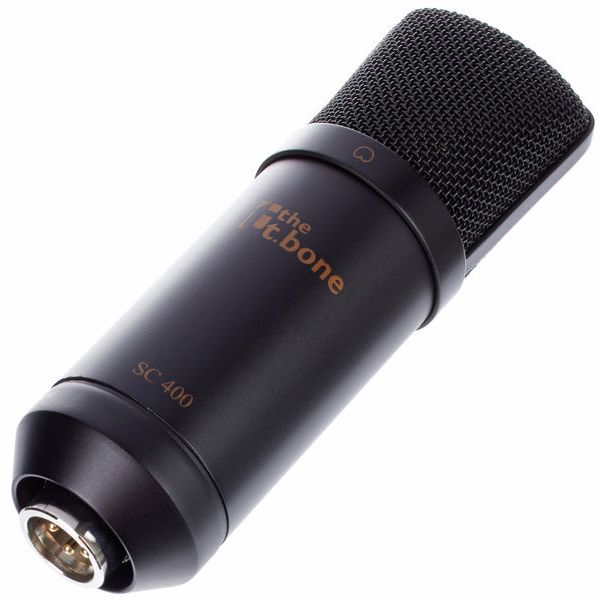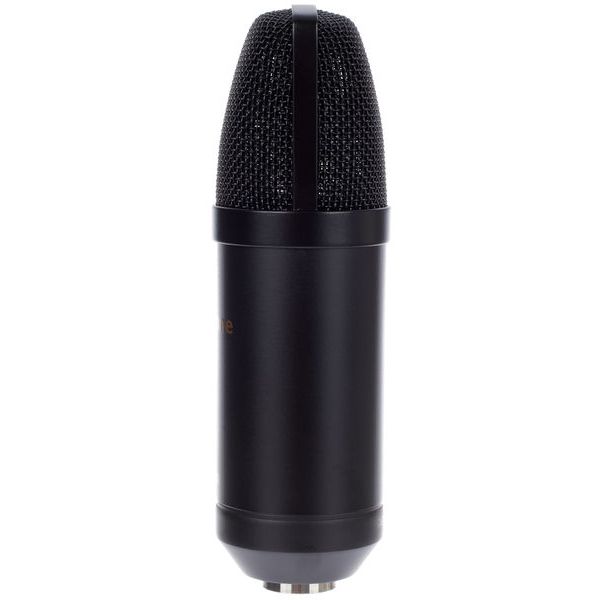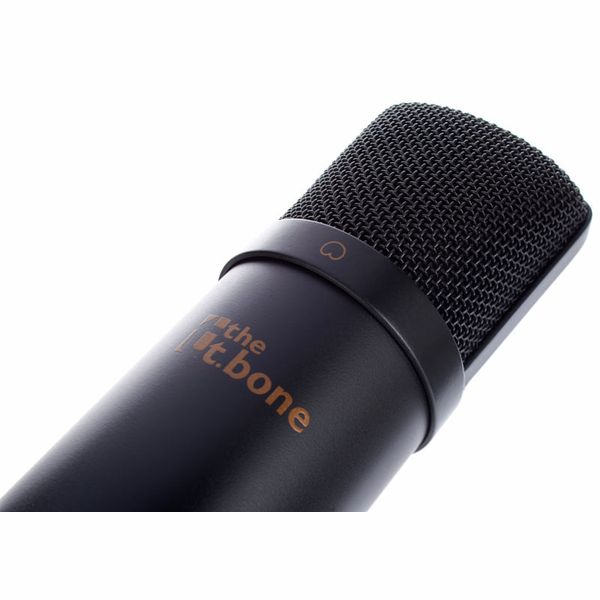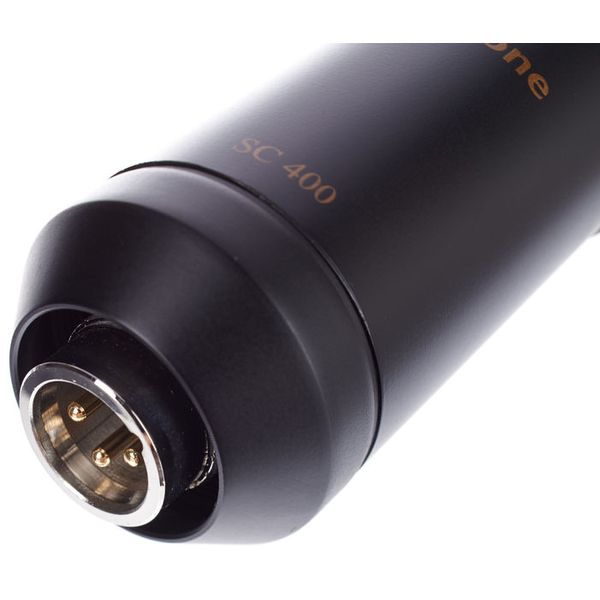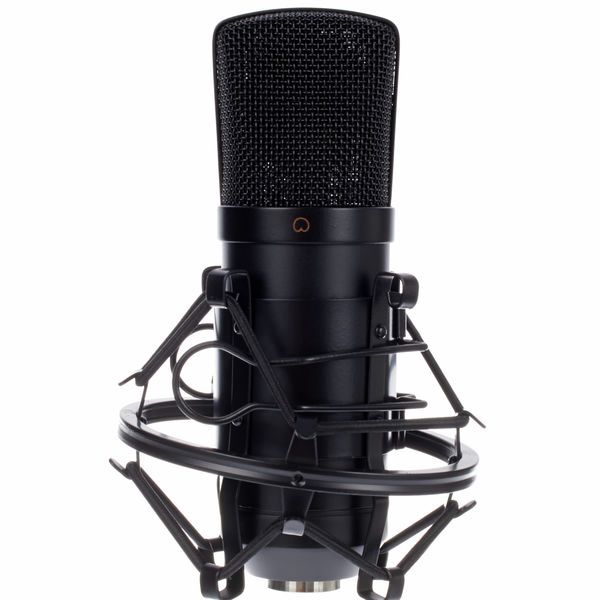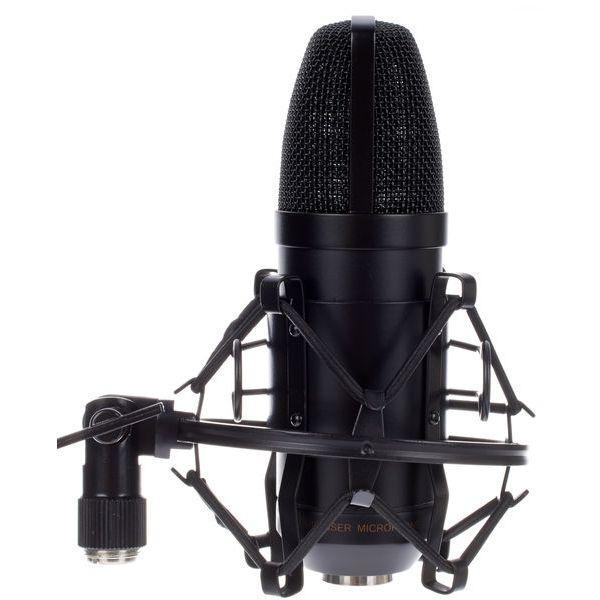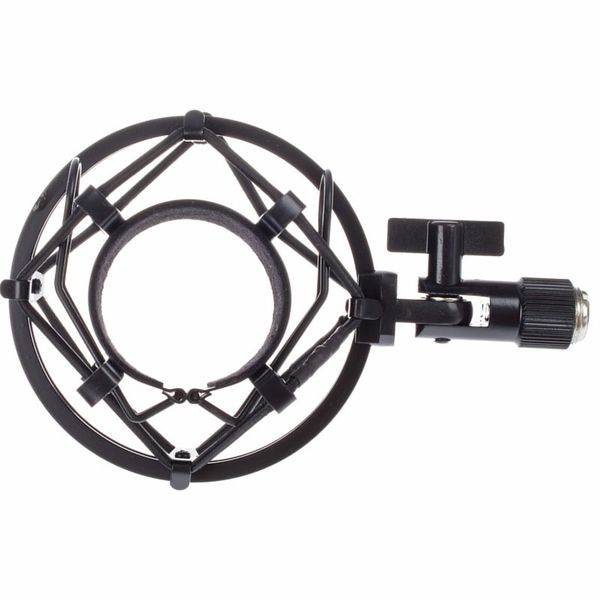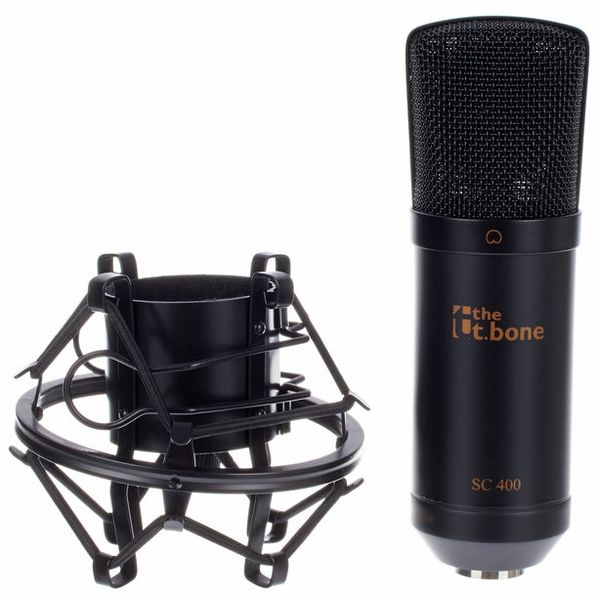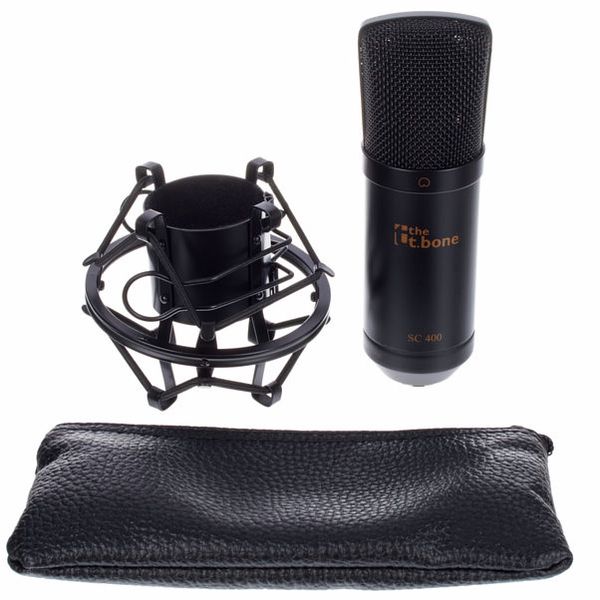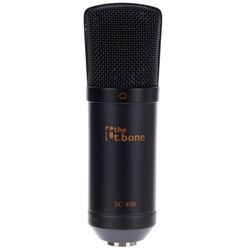Studio Large Diaphragm Condenser Microphone
- 1" Gold membrane
- Polar pattern: Supercardioid
- Frequency range: 20 - 20,000 kHz
- Sensitivity: 23.3 mV/Pa
- Equivalent noise level: 18 dB (A)
- Output impedance: 120 ohms
- Maximum sound pressure level: 132 dB SPL
- Internal low cut switch at 100 Hz with 6 dB
- Requires 48V phantom power
- Weight of the microphone: 351 g
- Colour: Black
- Shock mount and bag included
katalógusunkba bekerült:
Október 2002
Termékszám
156266
mennyiségi egység
1 darab
Tube
No
Switchable Polar Pattern
No
Omnidirectional
No
Cardioid
Yes
Figure-8
No
Low Cut
Yes
Pad
No
shockmount included
Yes
USB Microphone
No
Szettek és akciók
Ügyfeleink, akik ezt a termékünket megnyitották, az alábbiakat is megvásárolták
-
the t.bone Nagymembrános mikrofonok ugrás a listára
-
Nagymembrános mikrofonok megjelenítése 20500 ft - 21000 ft árkategóriában
-
ugrás a(z) Nagymembrános mikrofonok termékcsoportra
-
ugrás a(z) Mikrofonok termékcsoportra
-
the t.bone gyártói adatainak megjelenítése
-
the t.bone Mikrofonok ugrás a listára





